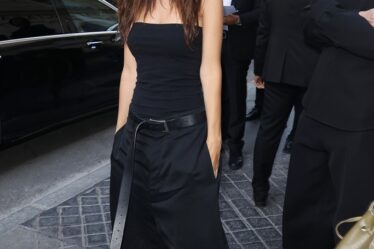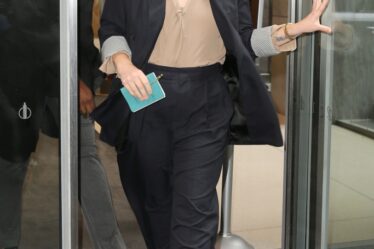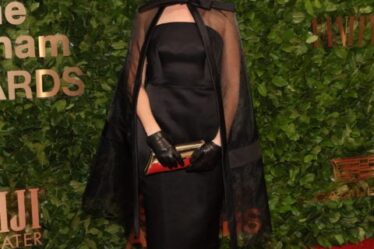
I’m not sure when it happened, but I spend more time on TikTok than Instagram now.
There are two key reasons for this shift: I’m enjoying the content on TikTok more, and I’m enjoying the content on Instagram less.
In the latter feeling I don’t seem to be alone. Lately Instagram users have complained about their feeds filling with ads and suggested posts with little clear relevance to them. That has been my experience, too. For a period I got an inordinate number of ping-pong (aka table tennis) videos, for instance. I don’t know why.
Instagram is still the larger platform, with some 2 billion monthly active users. TikTok said in September it reached 1 billion. But TikTok is leading in some key measures. The app was downloaded more than Instagram in the first quarter of 2022. In the US, the average TikTok user also spends 29 hours a month on the app compared to eight hours for the average Instagram user, Bloomberg reported.
These shifts have consequences for fashion.
“For manual, traditional trend forecasting, we are operating mainly on TikTok, because this is now where we spot the early signals,” Julie Pont, fashion and creative director of Heuritech, which makes its predictions by analysing vast amounts of social media imagery with AI, recently told me.
These days, TikTok is the place where trends like “coastal grandma” with its breezy, beachy minimalism seem to bubble up. The app holds an outsized sway over young shoppers, too. In a survey last year, 39 percent of the Gen-Z respondents said TikTok videos were among the influential factors that would get them to buy a new product. Instagram ads and Instagram influencers trailed behind at 23 percent and 22 percent, respectively. Even if Instagram still commands a larger audience and bigger marketing budgets, TikTok has become a platform fashion businesses must pay attention to.
Pont said Heuritech still does much of its forecasting based on Instagram, but that’s partly because the data load of processing static imagery is more manageable than video. They’ve crashed their servers analysing video. Still, Pont has been pushing internally for the company to shift focus to TikTok.
She pointed out a variety of reasons TikTok is better than Instagram for identifying trends. It’s more geared towards reposts than likes, so content spreads faster, and three-dimensional videos offer more information than two-dimensional pictures that might only show part of an outfit. In her opinion, TikTok users are more creative, too.
Looking at my own use of TikTok and Instagram, I’ve noticed I seek out different types of content on the platforms. I head to TikTok for high-quality travel and food videos, funny animals and other entertainment. It competes with Netflix for my attention. Instagram, on the other hand, is where I go to see my friends’ vacation photos.
Except I’m seeing fewer of my friends’ posts and getting more suggested content I don’t particularly like. The main theory for this state of affairs is that Instagram is making changes to fend off TikTok, which Mark Zuckerberg, founder of Instagram’s parent company, Meta, has acknowledged to be a serious threat.
“We’re showing suggested posts in feed as a way to personalise your Instagram experience and are constantly working to improve the quality of these recommendations,” a Meta spokesperson said in a statement. “It’s also important that people have meaningful control over their experience, so we offer transparency and controls such as the ability to ‘snooze’ recommendations you don’t want to see.”
Notably, I do still get most of my fashion content from Instagram. Over the years I’ve followed a number of brands, designers, retailers, photographers and stylists there and haven’t recreated the same network on TikTok. Of course, it hardly matters if I’m not opening Instagram as much, and if their audience moves to another platform, fashion’s tastemakers, creatives and companies will eventually follow.
Instagram isn’t about to vanish. It still has a tight grip on a huge number of users and brands will continue spending money to reach them for some time to come. For years, its visual format combined with its reach made it the most important social network for fashion brands looking to connect with audiences in the US and Europe. But brands are likely to rethink their marketing and content strategies as TikTok inches closer to claiming that title for itself, and right now there’s good reason to believe that will happen eventually.



